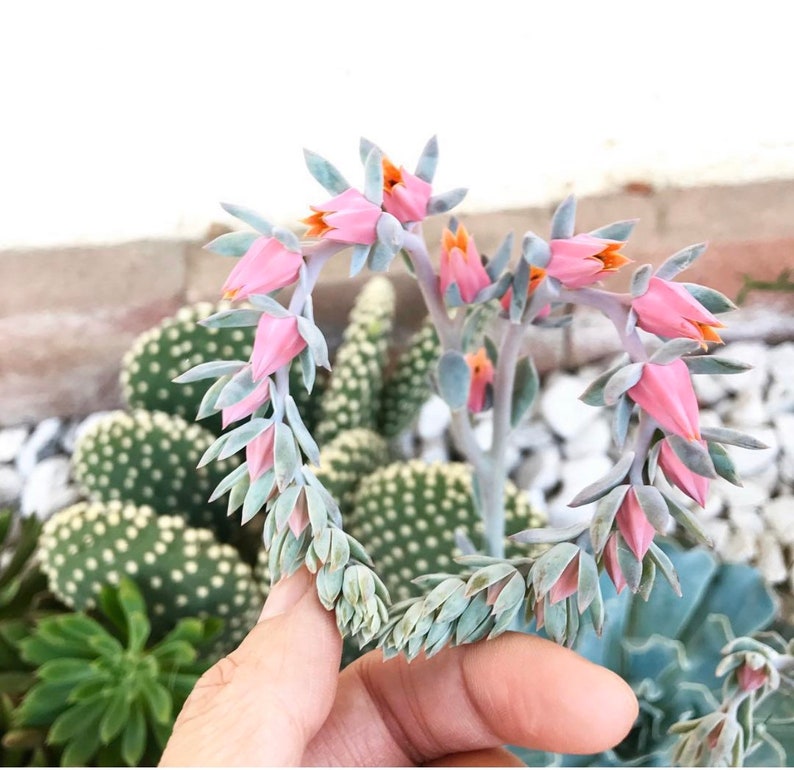
When well cared for, the cacti blooms around the summer from June to July.In fact, they are treated as the same species in some quarters. Bunny Ears cacti have close relatives in O.Rufida cactus that features reddish-brown glochids.These hairs grow in clusters and are more sensitive than human hair. These are hair-like spines rarely seen in other cactus species. The cactus features some distinctive whitish-yellow prickles, otherwise called glochids.The cactus stands out with its paired succulent stems that grow up to 15 centimeters long and 12 centimeters wide.From these pads form additional segments that always grow in pairs. Bunny Ears has no defined central stem but rather bears individual segments in the form of oval-shaped pads.The cactus grows in a shrubby form and may reach heights of 40 to 60 centimeters.The genus is one of the most popular and widespread across the U.S. Bunny Ears comes from the Opuntia genus that majorly contains flat cacti species.It will be expounding on growth factors like propagation, potting and repotting, fertilization, watering, lighting and pest control. This article will be looking at how best you can grow and care for the Bunny Ears cactus. Fertilization should be done every other water period, and repotting should be done every 1 or 2 years.


The plant needs consistent moisture, low humidity and plenty of light during its growing season. The pad is potted using a good cactus mix that includes 40 percent sand, 40 percent potting soil and 20 percent peat moss. So, how do you grow a Bunny Ears cactus? Bunny Ears cactus is mostly propagated through its pads. It is important to understand how best to grow and care for the cactus from infancy to a full-grown cactus. The success in growing this prickly companion, however, lies in its care. What’s more, they also make good indoor plants and are neglect resistant, thus ideal for the busy folk or those who travel frequently. If you are looking for an ideal cactus species for your desert, xeriscape or rock gardens, Bunny Ears cactus got you covered. This low-maintenance succulent has grown to become a favorite for ornamental plant enthusiasts, thanks to its cute, rabbit-ear-shaped pads. Some botanists treat the two as a single species.The Bunny Ears cactus (Opuntia Microdasys) is a popular cactus species native to Mexico. It occurs further north in northern Mexico, and into western Texas. The very closely related Opuntia rufida differs in having reddish-brown glochids. The spines and hairs have the perfect structure and microstructure to capture and channel fog. microdasys in desert habitats - at home and as an introduction - is its efficient fog collection ability. Native to Mexico, naturalised in Kenya, Malawi, and Tanzania. It has gained the Royal Horticultural Society’s Award of Garden Merit. Despite this, it is a very popular cactus in cultivation, partly because of the young plant’s comical resemblance to a rabbit’s head. The Latin specific epithet microdasys means “small and hairy”.
#BUNNY EAR CACTUS SKIN#
If not removed they will cause considerable skin irritation so the plants must be treated with caution. They are barbed and thinner than the finest human hairs, detaching in large numbers upon the slightest touch. Instead of spines it has numerous white or yellow glochids 2–3 mm long in dense clusters. Opuntia microdasys forms a dense shrub 40–60 cm tall, occasionally more, composed of pad-like stems 6–15 cm long and 4–12 cm broad.

Opuntia microdasys ( angel's-wings, bunny ears cactus, bunny cactus or polka-dot cactus) is a species of flowering plant in the cactus family Cactaceae, native and endemic to central and northern Mexico.


 0 kommentar(er)
0 kommentar(er)
